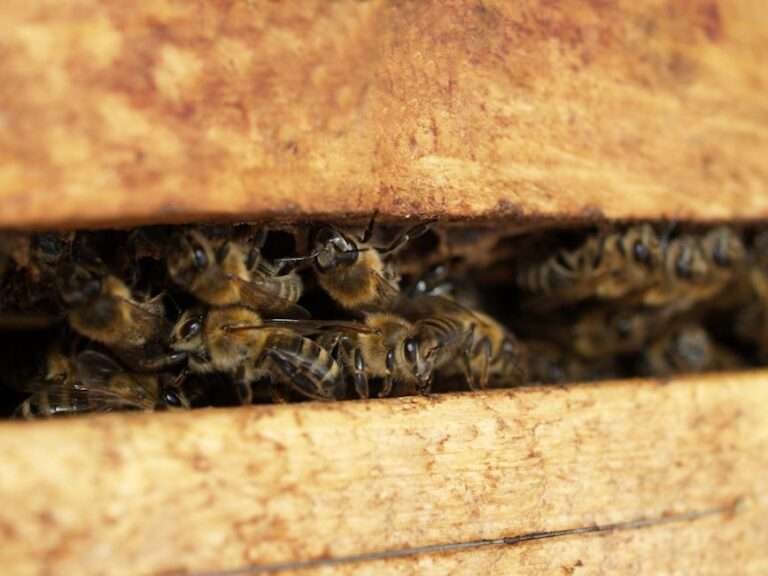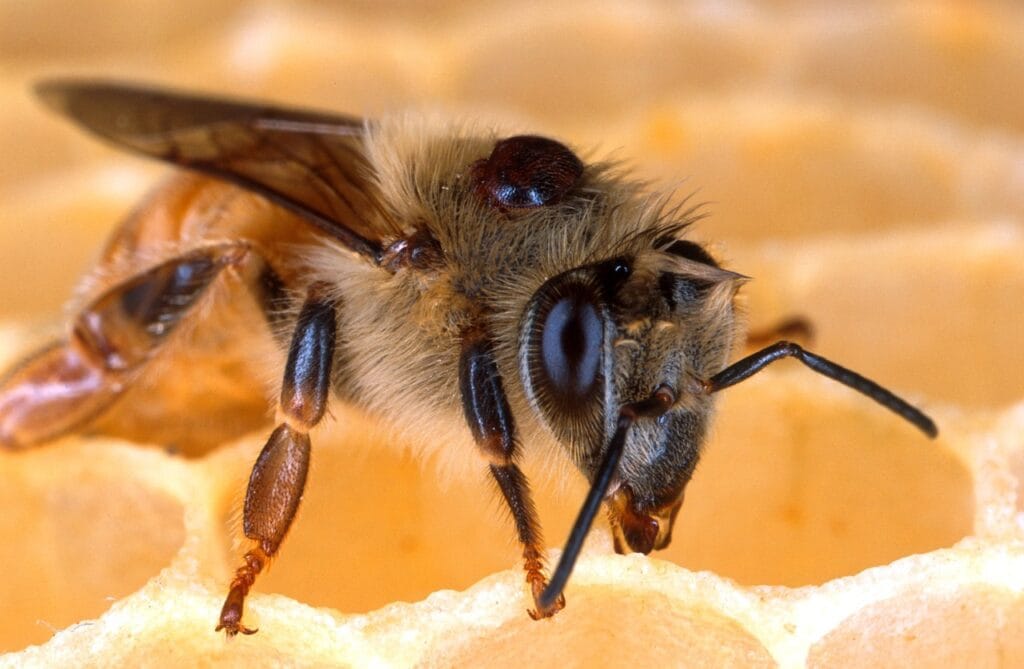Image by Johann Piber via Pexels
Beekeepers use several proven strategies to prevent swarming—the natural process where a colony splits and a large group departs with a new queen.
The new swarm takes a fair amount of honey on their way out. You’ll see a wide circle flight pattern as they depart the hive during a swarm. This allows time to group in the air and also a bit more time to take flight so loaded with honey.
Swarm prevention is essential to maintain hive strength and ensure productivity.
Key methods include:
- Alleviate congestion: Adding extra hive boxes or supers increases available space in the hive, giving bees more room for brood and honey storage. This reduces overcrowding, which is a major swarm trigger[1][2][3][4].
- Hive splitting: Creating an artificial split mimics the swarming process but keeps both resulting colonies under beekeeper management. This divides the population and gives bees more space, reducing their swarming impulse[1][5][6][4]. Techniques like the Demaree method vertically separate brood and foragers within the same hive structure[5][3].
- Brood nest manipulation: Rearranging frames, alternating brood with empty frames or foundation, and expanding the brood area encourages the queen to lay more eggs and gives the workers additional tasks. This keeps bees occupied and less prone to swarm[3][4].
- Removing queen/swarm cells: Regular inspections allow beekeepers to detect and remove early swarm (queen) cells. While this can delay swarming, it is labor-intensive and must be done consistently[2][5][7].
- Young queens: Installing a young, vigorous queen helps; older queens are more likely to trigger swarming. Requeening with young, low-swarming-strain queens can significantly reduce swarming tendencies[2][4].
- Hive ventilation: Improving airflow by staggering boxes, removing entrance blocks, or adding upper entrances prevents the hive from overheating, another trigger for swarming[2][6][4].
- Regular inspections: Thorough, frequent checks help spot crowded conditions, queen cell development, or behavioral changes, enabling preemptive management actions[6][4].
- Supplemental feeding and resource management: Ensuring adequate food reserves, especially during population or brood surges, avoids stress and keeps bees focused on colony development, not swarming[6].
By combining these practices—especially providing space, splitting hives, and managing queen and brood dynamics—beekeepers can significantly reduce the risk of swarming while maintaining strong, productive colonies[1][2][6][4].
⁂
- https://www.honeyflow.com/blogs/livestreams/how-do-i-prevent-my-bees-from-swarming-220720
- https://canr.udel.edu/maarec/wp-content/uploads/sites/18/2010/03/Swarm_Prev_Control_PM.pdf
- https://www.youtube.com/watch?v=yvQsI076MHs
- https://www.betterbee.com/instructions-and-resources/what-works-to-prevent-swarming.asp
- https://www.reddit.com/r/Beekeeping/comments/1cjalmt/swarm_prevention_without_creating_more_hives/
- https://www.mannlakeltd.com/blog/how-do-i-prevent-swarms/
- https://www.youtube.com/watch?v=XQ11NZso67g



